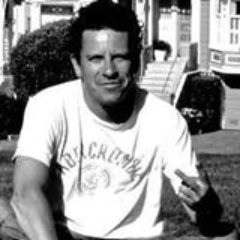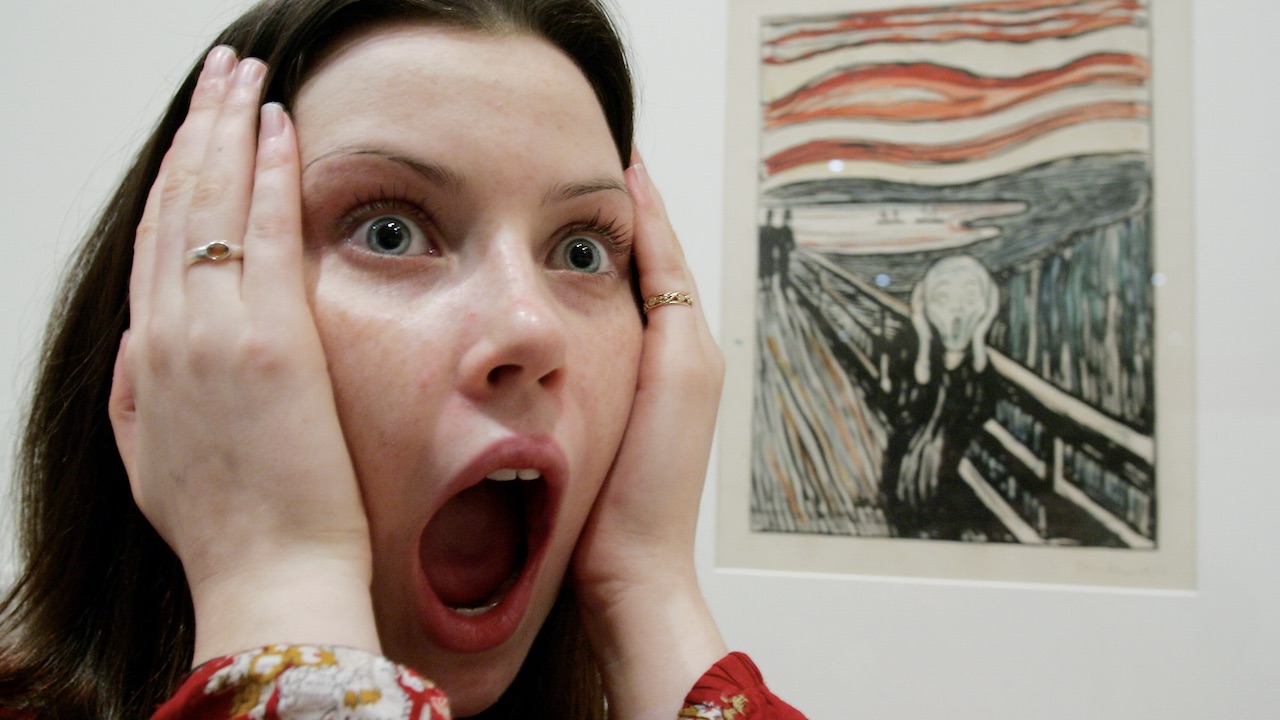Led Zeppelin IV & Houses Of The Holy
The ongoing reissue series rolls out the big guns. Companion discs show workings.

Led Zeppelin's reissue programmes rumbles on with the release of IV and Houses Of The Holy in a variety of formats. Here's what listening in made us think.
There’s nary a reader unfamiliar with every note, word and detail. So, how to re-evaluate a pair of bona-fide classics through a modern day prism? In truth, there’s no need: if age and opinion was going to wither and tarnish these two, it’d have happened by now. Unreleased mixes however possess the ability to impart a dose of the vapours to even the most jaded Zeppophile.
The companion discs both frustrate and illuminate_. _ It’s all about expectation. While Robert Plant might mischievously (if a tad dismissively) opine they contain “nothing relevant” - though he tellingly adds the qualifier “Not to me, at least” - ultimately that’s not his call. Certainly, an alternative solo on Stairway… or radical incarnations of any track would have whipped up a froth among the riff-chattering classes, but there’s much here to savour. Placing such wonders as No Quarter, Going To California and When The Levee Breaks under the musical microscope has its own merits and rewards. The ambience and natural reverb of Headley Grange is largely more pronounced, affording the listener (psychologically at least) greater proximity to the source, surely an important point of any earlier mix?
The band was breaking rules and building archetypes that resonate to this day. Runes, alchemy, text-free artwork, magick, Tolkien, tarot, riffs hewn from cliffs: phenomena not exactly alien to the 21st century rock fan, but relatively outré in 1971. Of course, visual branding and association had always been a key ingredient of myth building in popular music, but Led Zeppelin IV kicked these ideas into the stratosphere. In particular, the adoption of an individual symbol for each member was a masterstroke; its influence can be plotted through to the (admittedly cruder) personas of Kiss, Slipknot, Ghost et al.
We’ve all got a degree in hindsight. Now, it’s difficult to imagine the critical antipathy the band received early in their career, but the added folk and acoustic-ness of Led Zeppelin III had thrown many fans and critics into a tizzy. Favourably, this only hardened resolve and determination, spurring the band on to greater levels of creative flair and confidence. It was a cycle that was to be repeated after Houses Of The Holy and into Physical Graffiti. Today, their reputation is unimpeachable.
Sign up below to get the latest from Classic Rock, plus exclusive special offers, direct to your inbox!
Tim Batcup is a writer for Classic Rock magazine and Prog magazine. He's also the owner of Cover To Cover, Swansea's only independent bookshop, and a director of Storyopolis, a free children’s literacy project based at the Volcano Theatre, Swansea. He likes music, books and Crass.

